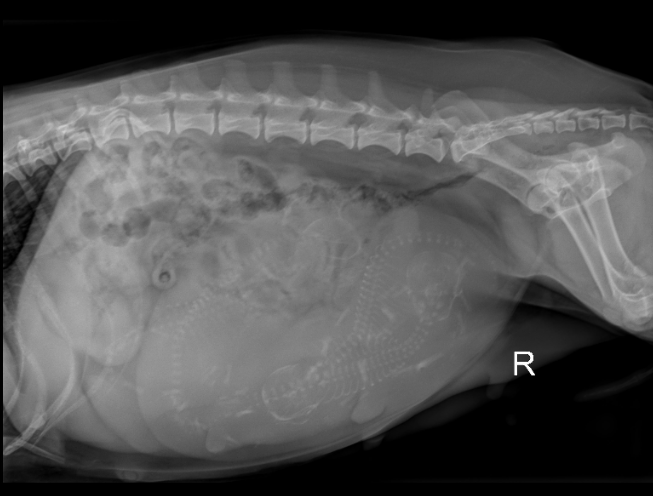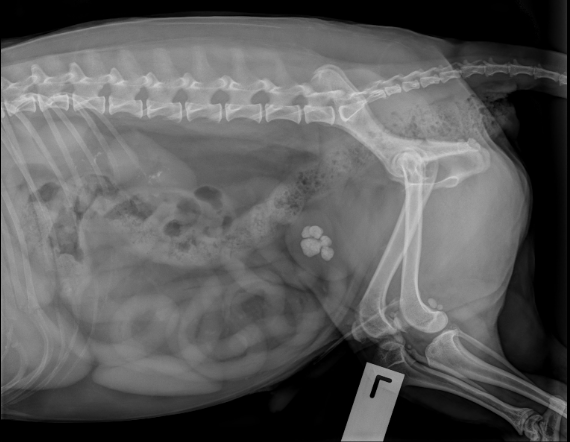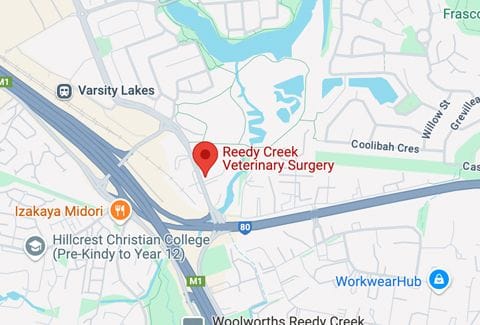We are lucky to have one of the best digital x-ray units available. This allows excellent image quality and a better ability to diagnose your pet’s health concerns, as well as less time spent taking images and less radiation exposure.
Being fully digital, our system also allows us to plan surgical procedures on the radiographs before any actual surgery, as well as share images with specialists or clients easily.
&geometry(140x140))




